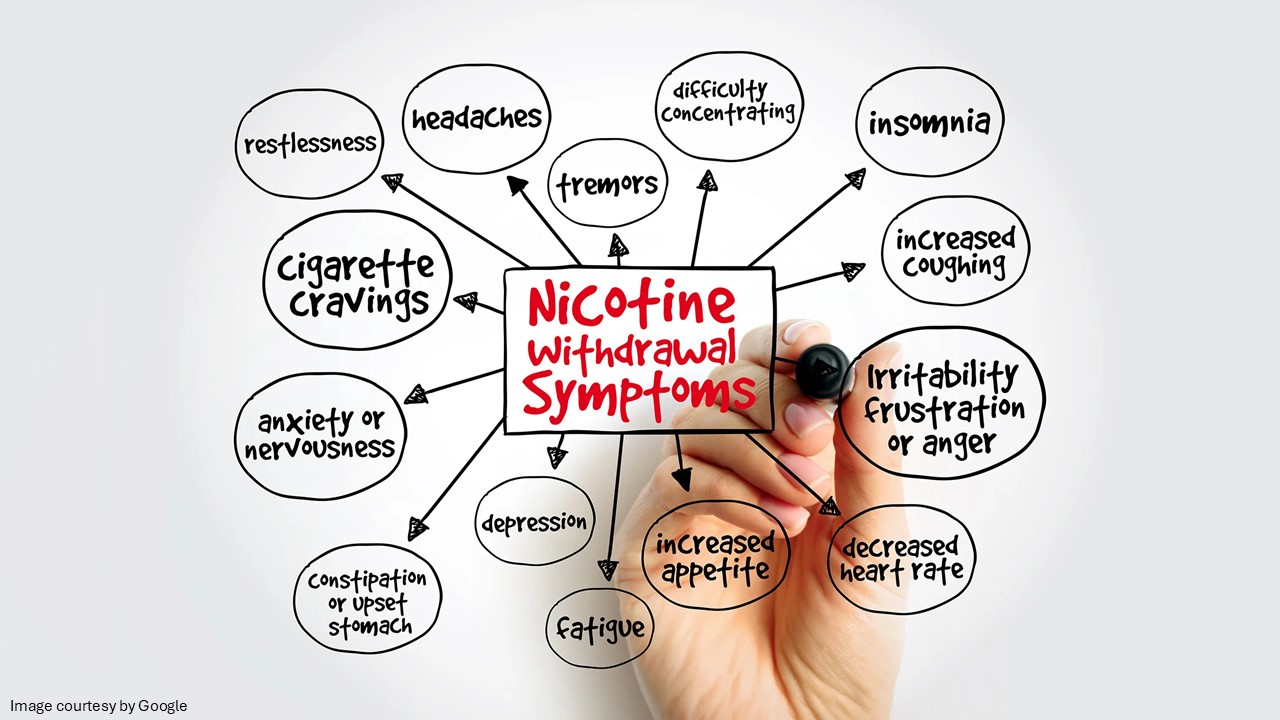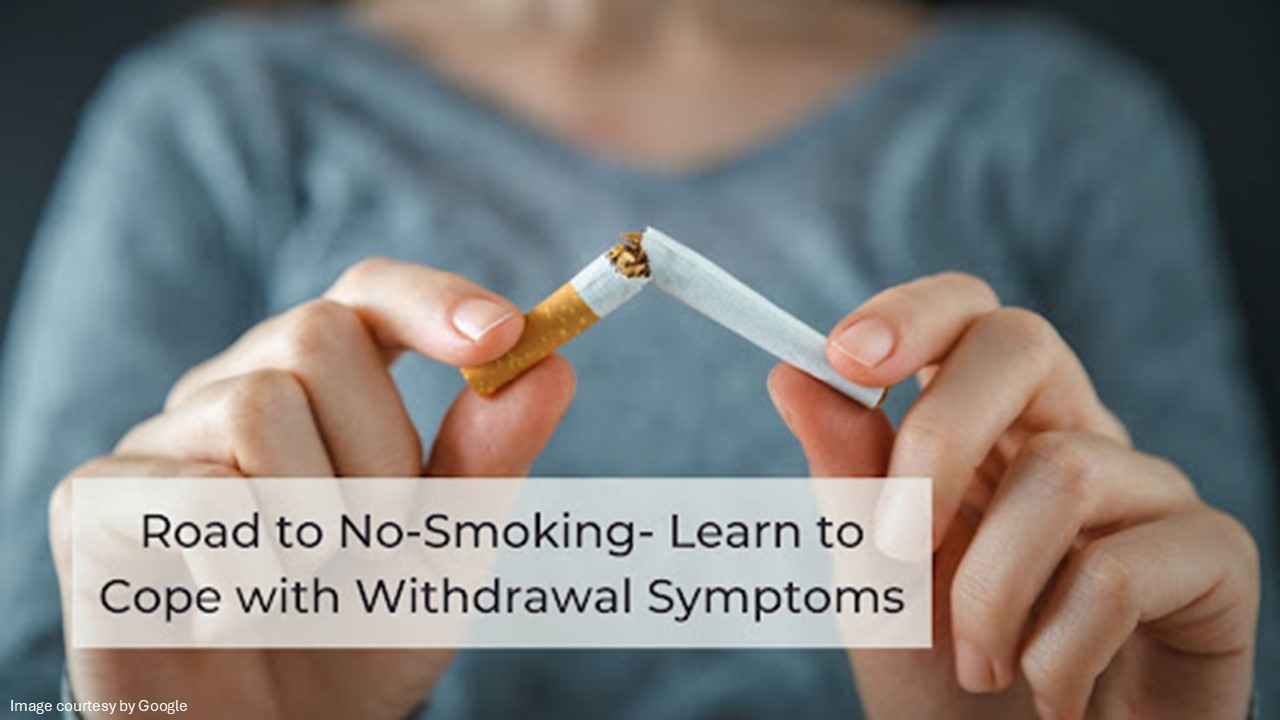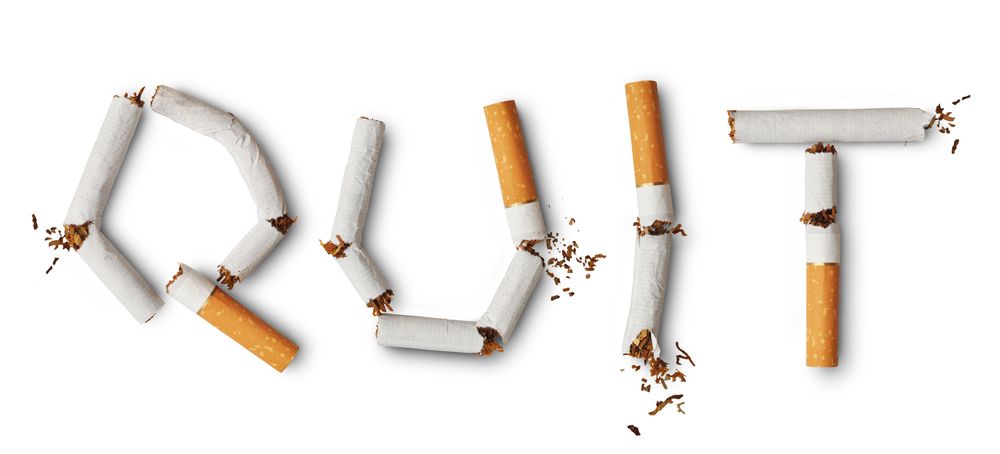Quitting smoking brings about a variety of physical and psychological withdrawal symptoms. For some people, coping with these withdrawal symptoms from not smoking is like riding a roller coaster. Let’s find out the effects of smoking withdrawal symptoms and ways to deal with them. This article will also reveal the timeline of smoking withdrawal symptoms.
Smoking cessation and its effects
Quitting smoking has an immediate and long-term effect on one’s health. From the very first days of your quitting journey, your body starts to repair itself. Within a few days, you will notice that your sense of taste and smell improve, along with your breathing, allowing you to exercise actively. Within a period of one to nine months, you may also notice that coughing and shortness of breath also reduce. During the journey, you may go through nicotine withdrawal. Every individual experiences signs of withdrawal from smoking nicotine differently, and the journey may appear more challenging for some people than others. For a lot of people, nicotine withdrawal becomes worse in 24 to 48 hours of quitting. Most people who begin their quitting journey will experience some of the symptoms of nicotine withdrawal, and they usually don’t occur all at once. Withdrawal symptoms happen over time as your body gets rid of its dependence on nicotine. Better think of these effects of smoking withdrawal as recovery symptoms. How long do smoking withdrawal symptoms last? After about 2 weeks, recovery symptoms are usually less severe.
Timeline of smoking withdrawal symptoms:
Most of these signs of withdrawal from smoking reduce sharply during the initial days after quitting, followed by a continued but slower decline in symptoms during the 2nd and 3rd weeks after quitting. Most smoking withdrawal symptoms pass within 2 to 4 weeks after quitting. You should report any new signs to your healthcare specialist, especially if you think they are severe.
Quitting supporting aids, such as nicotine replacement therapy (NRT), helps with withdrawal symptoms. NRT includes products like gum, patch, lozenge, oral strips, inhaler, and mouth spray, which can cause a significant reduction in the symptoms of nicotine withdrawal. Using enough NRT consistently for 8 to 12 weeks, as recommended by the healthcare professional, helps to control withdrawal symptoms and cravings. To get more information on NRT products and prescription medicines for quitting smoking, please consult your healthcare specialist.

Symptoms of withdrawal
-
- Irritability and anxiety – The body’s cravings for nicotine can contribute to irritability. You might be irritable or anxious during your journey of quitting smoking. The feeling is quite common, and knowing this is normal can be helpful. Moreover, these feelings can get worse with caffeine. Generally, smoking reduces the effect of caffeine, and when you quit, your body becomes more sensitive to caffeine’s effect. Therefore, it is always beneficial to halve your usual caffeine consumption by consuming as much tea, coffee, cola, and energy drinks. However, relaxing activities such as taking a short break from work, using relaxation techniques, taking a hot bath, or simply going for a walk can also help. Moreover, you should talk to your healthcare specialist if you do not feel better in a few weeks or if you think the effects of smoking withdrawal are not manageable. It is crucial to contact your healthcare specialist.
- Trouble concentrating – When you hit the quitting journey, your body requires some time to adjust to not having constant stimulation from nicotine. Whatever changes are happening in your body and cravings for cigarettes because of quitting may make it tough to concentrate. This can begin to improve after a few days as you adjust to receiving more oxygen. Take regular breaks and include certain activities that clear your mind. Such activities will help improve your concentration levels over time.
- Cravings – Nicotine is considered a strongly addictive agent, and withdrawal causes cravings. Everyone who is on their quit-smoking journey knows very well what their cravings are. In fact, some people experience a series of cravings, and this can be extremely challenging. But over time, you will find your cravings will be weaker, shorter, and occur less often.
- Restless and insomnia – Some people are unable to sit still and need to move continuously or engage their hands. But this can be used positively by engaging in a physical activity you enjoy. Nicotine directly affects brain function and sleep patterns. Therefore, some people find it hard to sleep during their quit-smoking journey. The condition is often called insomnia. Coughing and dreams about smoking are also common. Restlessness and insomnia are made worse by the consumption of caffeine. Limiting caffeine intake can increase the effects of quitting smoking.
- Appetite changes –Sometimes, cravings for a cigarette can be confused with hunger pangs. One may experience sensations due to oral cravings or the desire for something in the mouth. To get relief, one should drink water or low-calorie liquids. Prefer having low-calorie snacks and include plenty of fresh fruits and vegetables in your diet.
- Dizziness – Smoking increases blood pressure over time. Once you stop smoking, your blood pressure can significantly drop in the initial days of your quitting attempt. During this condition, you may feel dizzy for a short period. However, this may resolve within a few days. To avoid dizziness, change positions slowly.
- Depressed mood – When you quit. It is quite normal to feel sad for some time. Some people feel the strong urge to smoke, especially when they have a depressed mood. To change your mood, increase pleasurable activities. You can also discuss with your healthcare professional about changes in your mood when quitting. Try to get extra support from friends and family.
- Constipation – Intestinal movement is reduced for a period. Drink plenty of fluids. Include enough fruits, vegetables, and whole-grain cereals in your diet.
- Cough and dry throat – This is because quitting helps you clear mucus that has blocked your airways and restricted breathing. To get relief, drink plenty of fluids and avoid additional stress during the initial few weeks.
Takeaway!
Stay positive and be kind to yourself while you are experiencing smoking withdrawal symptoms or recovery symptoms. Many people make several quit attempts before succeeding. Always keep this in mind and keep trying until you succeed.




